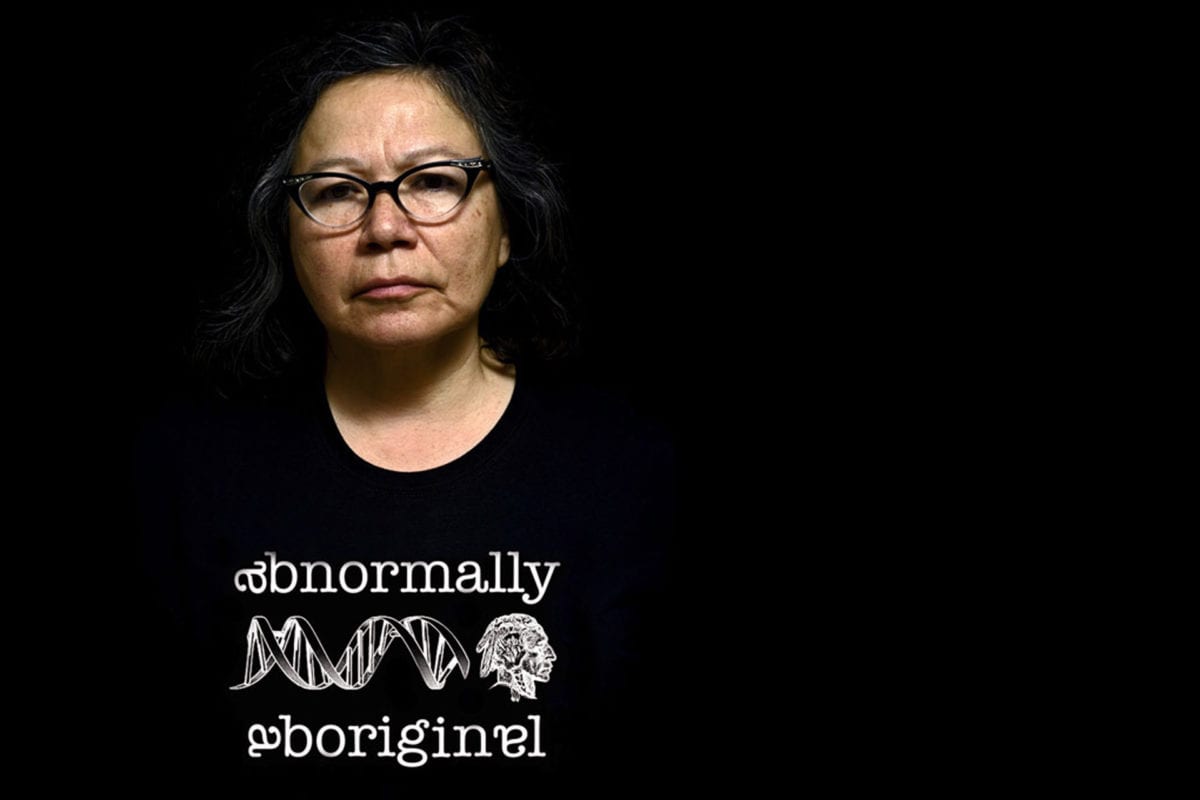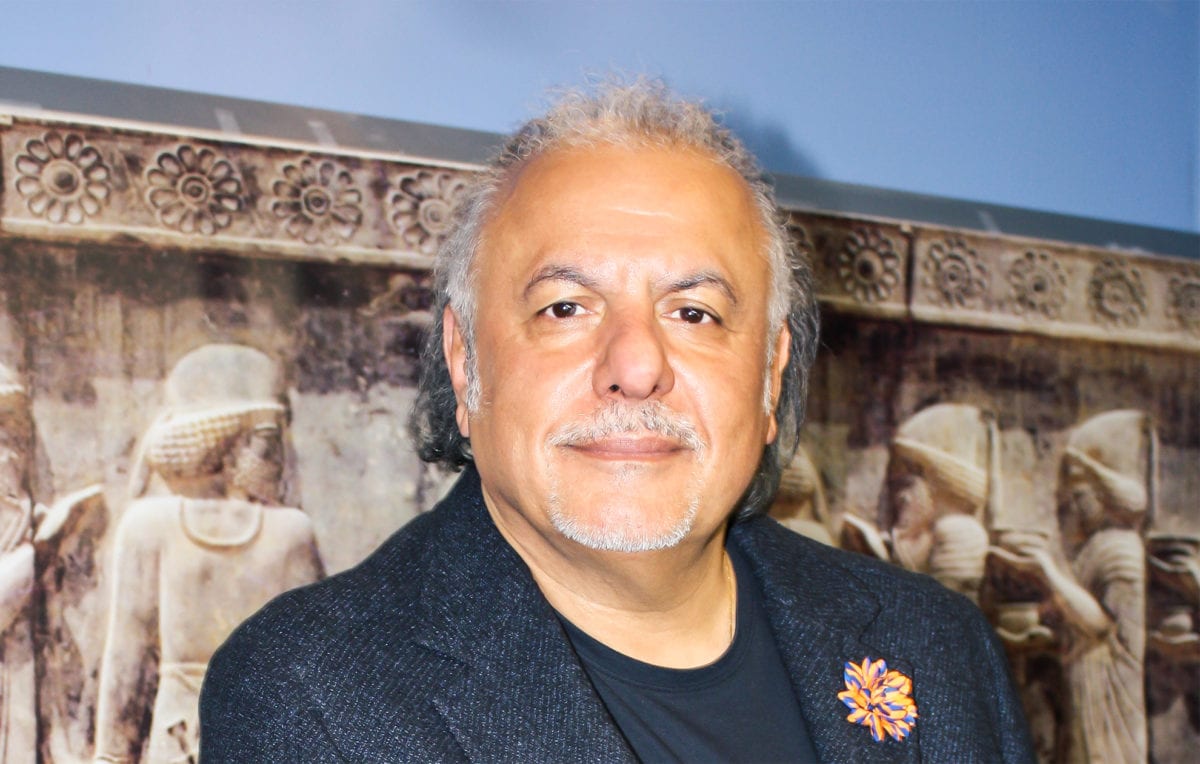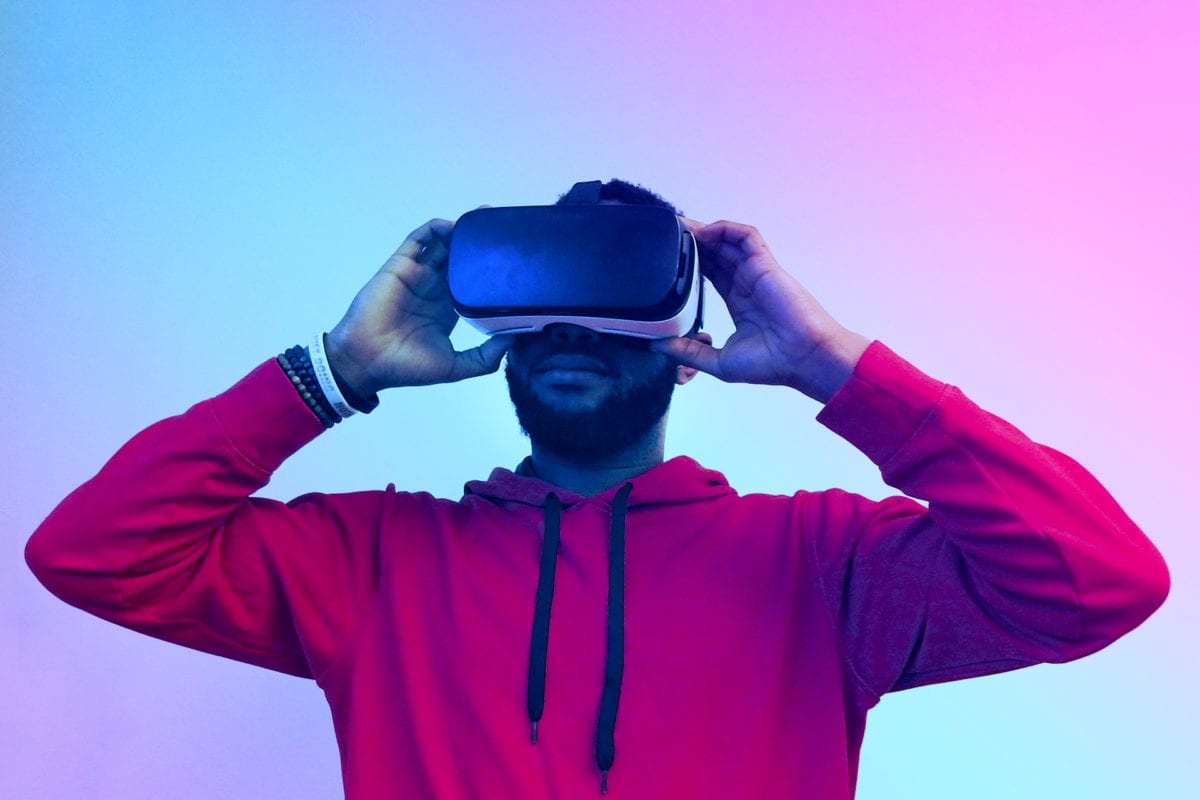Shelley Niro’s innovative work extends across various media, including photography, filmmaking, painting, sculpting, and beadwork. As a member of the Six Nations Reserve, Turtle Clan, and Bay of Quinte Mohawk, Niro’s artistic endeavours challenge stereotypes and clichés surrounding Native communities, particularly Native women. Her contributions to the arts have garnered recognition, including the 2017 Scotiabank Photography Award and becoming a fellow of the National Museum of American History.
What inspired you to pursue a career in the creative arts?
I often wondered, “How can one not be drawn to the creative arts?” We are surrounded by exceptional artists who inspire us through films, music, and visual art. Although I grew up immersed in Indigenous art, with many individuals involved in creating drums, rattles, beadwork, carving, and painting, I consider myself a product of this vibrant artistic environment.
How did growing up on the Six Nations Reserve shape you as an artist and woman?
Growing up on the Six Nations Reserve allowed me to explore various materials and artistic outlets. Though not identified as formal teachers, numerous skilled individuals generously shared their expertise with anyone eager to learn. These traditional skills often formed their livelihoods, making their preservation crucial. I am grateful for their determination to keep these skills alive and well.
Could you describe your journey toward becoming a working artist? Did your family environment play a role?
My path toward becoming an artist has been meandering, filled with twists and turns. For instance, I felt inadequate after taking drawing classes, constantly comparing myself to the likes of da Vinci. Eventually, I realized that my perspective and motor skills were unique. Over time, I gained confidence in the skills I had honed throughout many years of practice.
What message would you like people to understand about Native culture?
Native people are frequently misrepresented in newspapers and films, often portrayed as individuals who contribute little to the overall economic structure and rely solely on social services. However, this couldn’t be further from the truth. Native people, like anyone else, pay taxes and actively contribute to society. Our culture is complex and multifaceted, incapable of being captured by a mere headline.
Your art heavily draws from the history of your people. Do you believe it is essential to look to the past to understand the future?
My work resonates with history and serves as a wellspring of inspiration, considering the frequent misrepresentation of my people, who others portrayed as monstrous warmongers. Limited exposure has hindered a proper understanding of our culture. As time passes, I find inspiration in the works of other artists, particularly when they delve into our rich history.
Throughout your career, you have received numerous awards. How significant is recognition for an artist like yourself?
The awards I have received are a true blessing. They provide the means to frame my work, acquire new equipment, and generally enable me to produce my art professionally. While recognition is gratifying, it propels me forward, allowing me to create my next exhibition or film. Each new work must surpass its predecessor, and sometimes the work is already judged before completion.
Your art encompasses both personal and political themes. Do you believe artists can avoid political overtones in their work nowadays?
I do not deliberately create political work solely for the sake of politics. Instead, I believe it is a by-product of my search for meaning. It surprises me when my art assumes such political undertones, although I must admit that it often does. Therefore, to answer your question, I cannot avoid political overtones unless I decide to paint flowers exclusively.
How do you balance expressing your individual experiences and representing the broader Indigenous experience?
Navigating the balance between personal and collective identity is an ongoing process. I strive to create art deeply rooted in my own experiences and emotions, while also acknowledging the shared experiences of Indigenous peoples. I must convey the universal aspects of the human experience while staying true to my cultural perspective. By intertwining personal narratives with broader Indigenous themes and histories, I aim to create work that resonates with diverse audiences.
How do you envision the role of art in promoting understanding and reconciliation between Indigenous and non-Indigenous communities?
Art has an influential role to play in promoting understanding and reconciliation. It can serve as a bridge between Indigenous and non-Indigenous communities by challenging preconceived notions and fostering empathy.
Through my work, I strive to create a space for dialogue and reflection where different perspectives can come together. Art has the potential to break down barriers, heal wounds, and encourage meaningful conversations that contribute to a more inclusive and equitable society.
Shirley Graham | Staff writer














